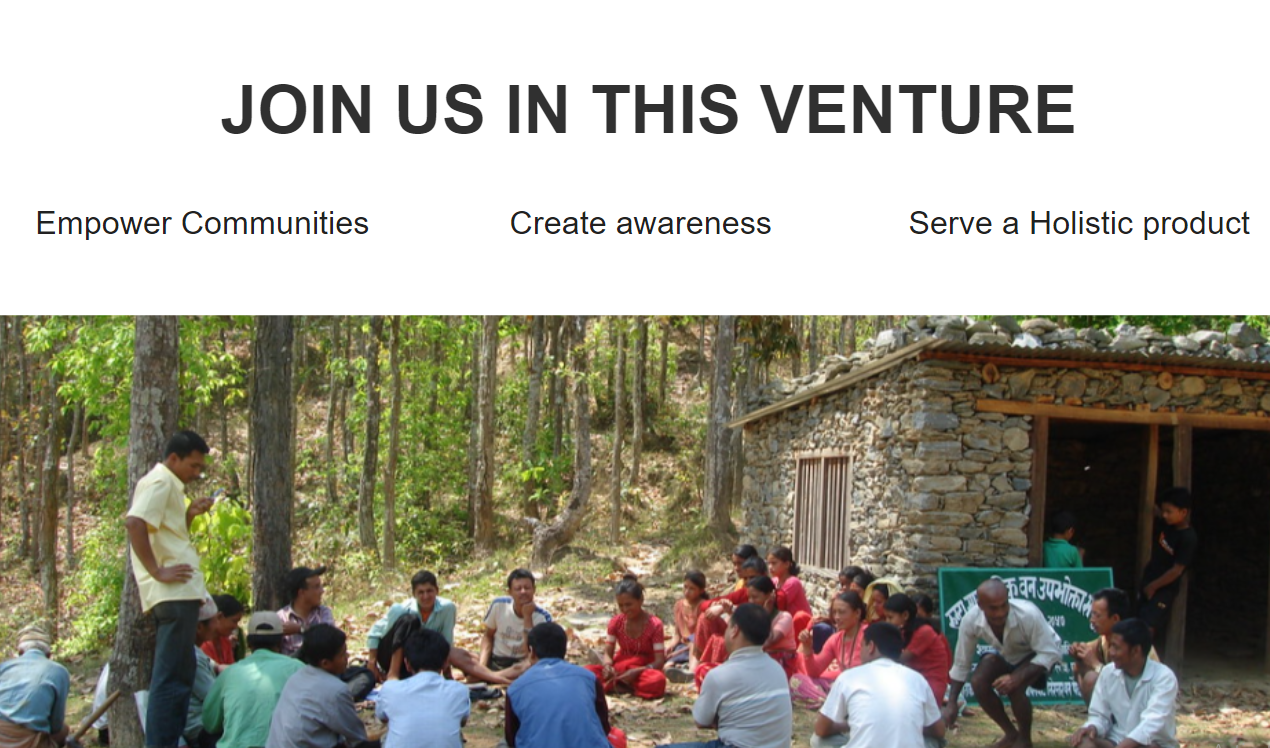BUSINESS INNOVATION WORKSHOP 2023
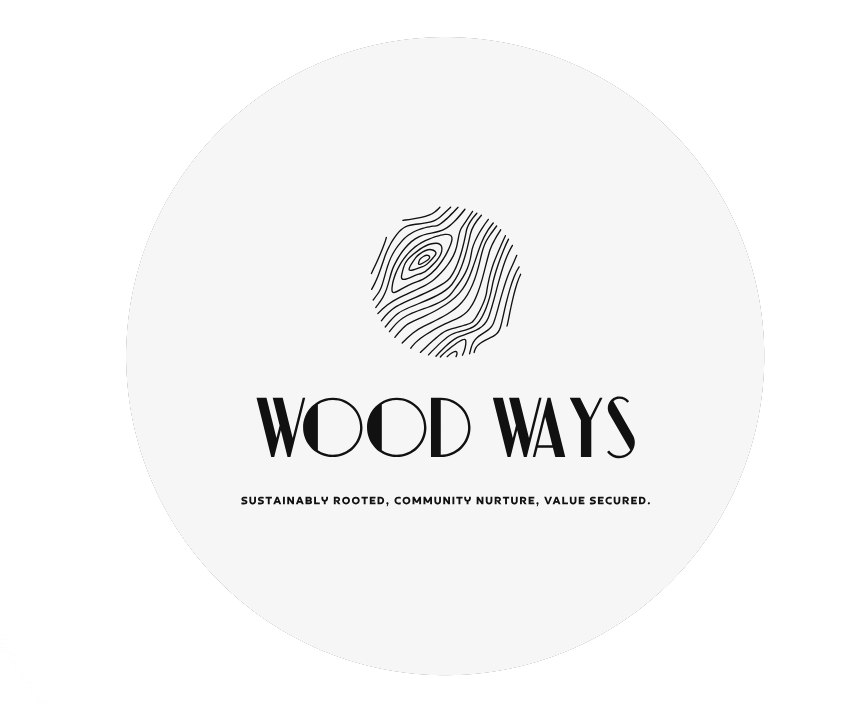
Introduction:
Nepal, nestled in the heart of South Asia, boasts a rich cultural heritage and breathtaking natural landscapes. However, the surge in urbanization, a global phenomenon, is transforming Nepalese cities into concrete landscapes, eroding their unique identity. Recognizing the environmental impact of such urban development, the global construction sector is increasingly acknowledging its responsibility, especially given its substantial contribution of 42% to total annual greenhouse gas emissions.
In response to this environmental awareness, there is a growing wave of initiatives aimed at developing and incorporating biobased materials into construction practices. Among these materials, mass timber stands out as a leading contender. This innovative approach to construction not only addresses environmental concerns but also brings several benefits to the forefront- Carbon sequestration, Circular construction, Connection with nature, Physical & mental wellbeing, Advancing digital manufacturing techniques.
The global conversation around sustainable construction is gaining momentum, with mass timber emerging as a frontrunner in reshaping the industry. The integration of biobased materials and digital manufacturing techniques not only addresses environmental concerns but also sets the stage for a more resilient and harmonious urban future, preserving the cultural and natural identity of regions like Nepal while meeting the demands of modern development

Problem Statement:
Nepal’s rich heritage encompasses centuries-old woodworking techniques, with some remarkable examples still standing testament to the country’s craftsmanship. Furthermore, the nation takes pride in its 45% forest landcover, achieved through active community forest management techniques. Despite these valuable resources, the production from sustainably harvested forests remains remarkably low, highlighting a significant untapped potential. According to World Bank-led research, Nepal’s wood production capacity is estimated at 1.3 million cubic meters, but only a fraction, specifically 60,000 cubic meters, is currently being utilized.
In a broader global and specific local context, a critical problem statement arises: “There is a lack of a value chain for timber as an alternative construction and connection between indigenous suppliers, manufacturing companies, and designers.”
Key Issues:
- Underutilization of Forest Resources: Despite having extensive forest coverage and a history of woodworking expertise, the potential of Nepal’s timber resources remains largely untapped. This underutilization poses a missed opportunity for sustainable development and economic growth.
- Limited Production Capacity: The significant gap between the identified production capacity and the actual output indicates inefficiencies in the timber production process. This can be attributed to a lack of streamlined processes and effective value chains.
- Disconnect in the Value Chain: The absence of a robust value chain is a major bottleneck. The disconnect between indigenous suppliers, manufacturing companies, and designers impedes the smooth flow of timber from its source to its utilization in construction.
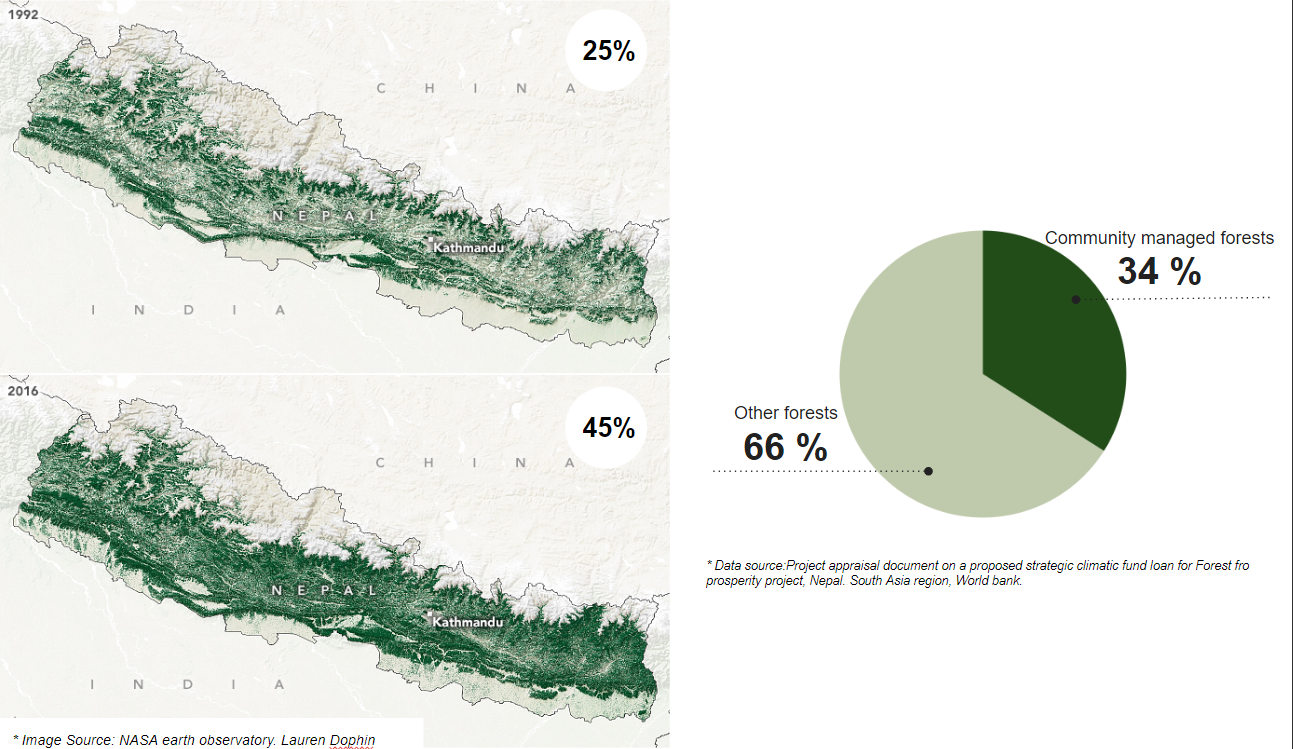
Traction:
To gauge market traction for wood as an alternative construction material, we conducted a brief survey among small but diverse group of individuals spanning various sectors. The survey aimed to discern their awareness of environmental challenges within the built environment and assess their willingness to embrace wood-based solutions. Preliminary findings indicate a notable awareness of the issues surrounding traditional construction materials, with respondents expressing interest in sustainable alternatives. The majority acknowledged the environmental impact of the built environment and expressed a willingness to contribute to positive change. Notably, there was a varying degree of willingness to pay for sustainable materials, indicating a potential market appetite for wood-based solutions. These insights underscore the importance of aligning sustainable construction initiatives with consumer awareness and preferences, offering a promising foundation for the promotion and adoption of timber as a viable and eco-friendly construction material in Nepal.

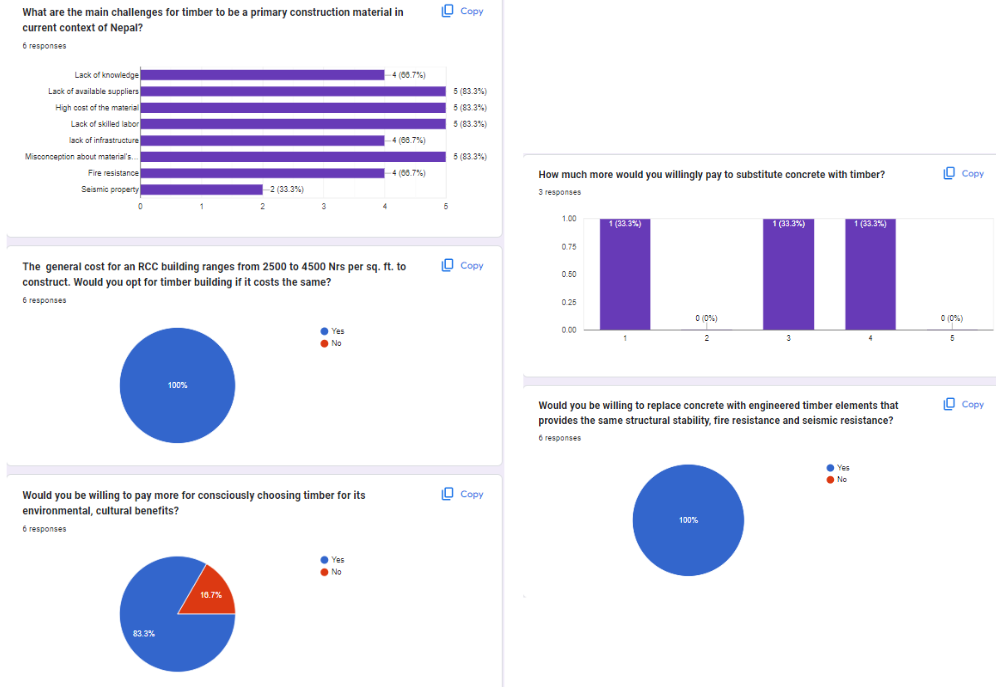
Market:
To assess the market potential for wood as a construction material in Nepal, we conducted a comprehensive analysis based on the annual housing demand in the country. With a national demand for 140,000 housing units, we focused on the capital city, which represents 25,000 units. Leveraging the insights obtained from the initial interest revealed in our survey (83% of respondents expressing interest), we estimated a demand for 20,750 houses in the capital. Transitioning this demand into budget considerations, the market value and potential economic impact could reach up to 0.87 billion euros. These calculations underscore the substantial market opportunity for wood in the construction sector, reflecting a clear path for the integration of sustainable building materials in meeting the housing demands of Nepal, with significant economic implications for the industry. Further exploration and refinement of these estimations will be crucial for strategic planning and effective market penetration.
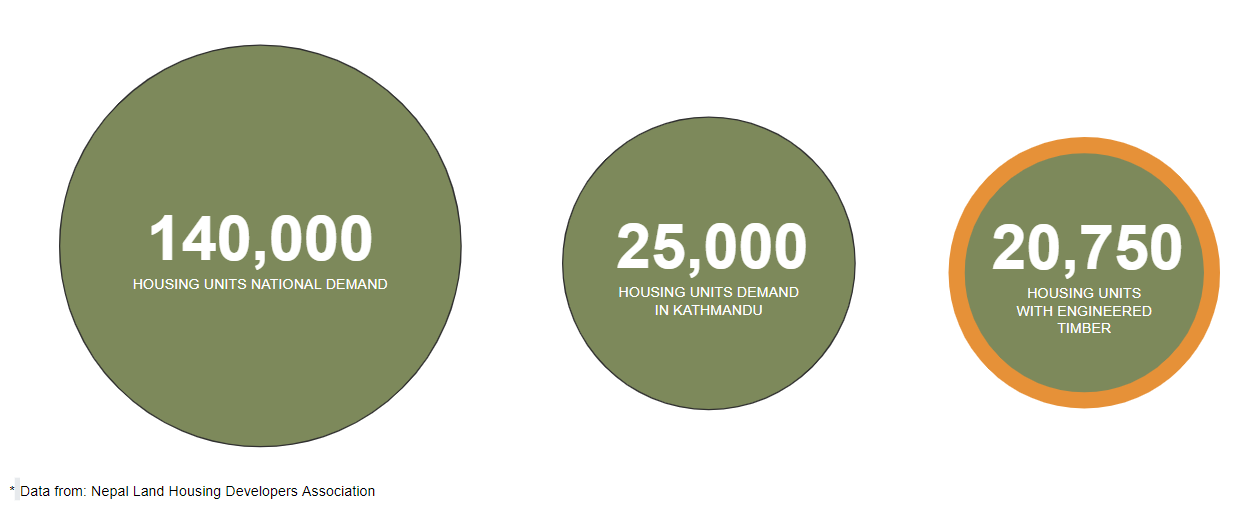
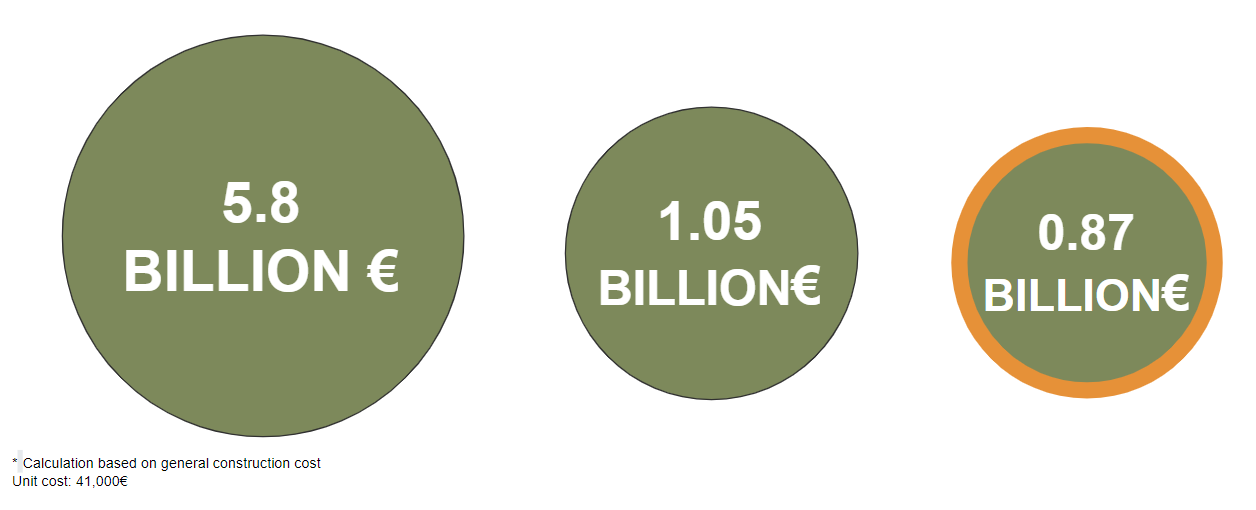
Business Model:
The proposed business model focuses on a three-tier customer structure, aiming to create a dynamic ecosystem within the local construction industry. The primary customer category consists of the indigenous community engaged in wood harvesting from forests, forming the foundational link in the supply chain. The second category includes local manufacturers who will be provided with a diverse range of wood species through an online marketplace. The business model extends support to manufacturers by assisting them in utilizing advanced manufacturing techniques to create engineered wood products, enhancing their market offerings. The third category encompasses local designers and architects who source these engineered wood products for their projects.
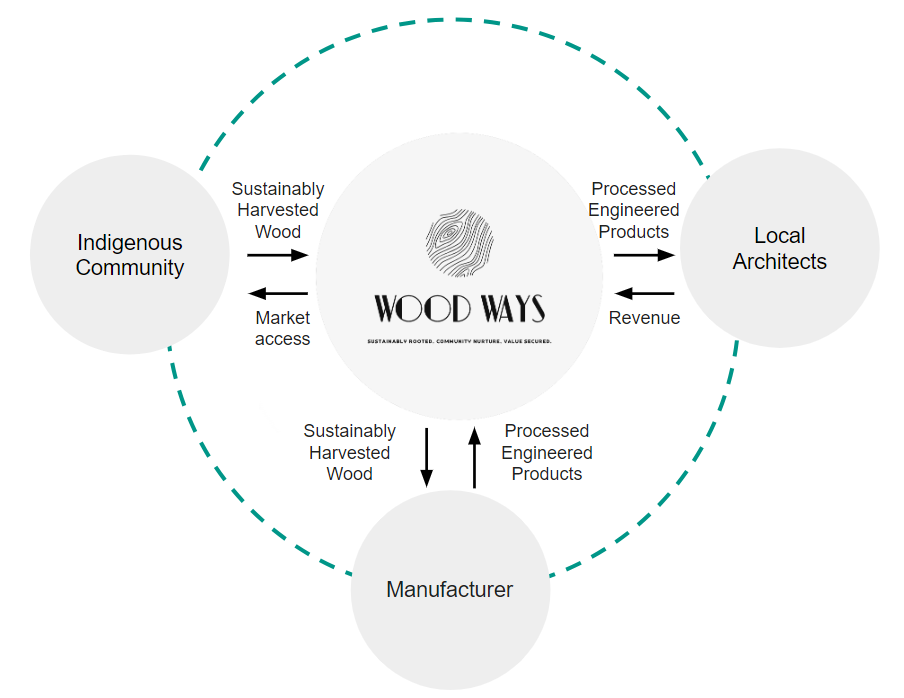
Value proposition:
- Capacity Building and Training: Invest in capacity-building initiatives and training programs to enhance the skills of local communities in sustainable forestry practices and advanced woodworking techniques. This can increase the quality and quantity of timber produced.
- Promoting Sustainable Forest Management Practices: Encourage and support community-based forest management practices that prioritize sustainability. This involves maintaining a balance between harvesting and regeneration to ensure the long-term health of the forests.
- Establishing a Coordinated Value Chain: Facilitate the creation of a well-coordinated value chain that connects indigenous suppliers, manufacturing companies, and designers. This could involve the development of networks, partnerships, and platforms that streamline the flow of timber from the source to the end-user.
- Incentivizing Innovation: Provide incentives for innovation in timber processing and construction techniques. This could include supporting research and development initiatives that explore new ways to maximize the use of timber in construction while ensuring sustainability.
- Policy Support: Advocate for policies that promote sustainable forestry, incentivize responsible harvesting, and support the growth of the timber industry. This involves collaboration between government agencies, local communities, and industry stakeholders.
Proposed Solution
Wood ways is an initiative to create a value chain for an alternative sustainable building material- Wood, specifically in the context of Nepal. It aims to be gateway to a sustainable timber revolution in the heart of Nepal- a platform that transcends traditional boundaries, forging a new era for timber and engineered products. Nestled amid the breathtaking landscapes of Nepal, we have cultivated a marketplace that not only connects suppliers and buyers but also nurtures a holistic value chain.
The online marketplace serves as a centralized platform, streamlining the transaction process and fostering collaboration between these key stakeholders. By connecting the indigenous community, manufacturers, and designers through a digital marketplace, the business model aims to bridge gaps in the value chain, promoting sustainability and innovation.
This approach not only empowers the indigenous community by providing a market for their sustainably harvested wood but also catalyzes the growth of local manufacturing capabilities. Moreover, it facilitates the adoption of engineered wood products by local designers, aligning with global trends in sustainable construction. The business model not only addresses the lack of a value chain for timber but also propels the region towards a more environmentally conscious and economically viable construction industry. Successful implementation of this model could lead to a more harmonious and sustainable approach to construction in Nepal, preserving its rich heritage while embracing modern, eco-friendly practices.

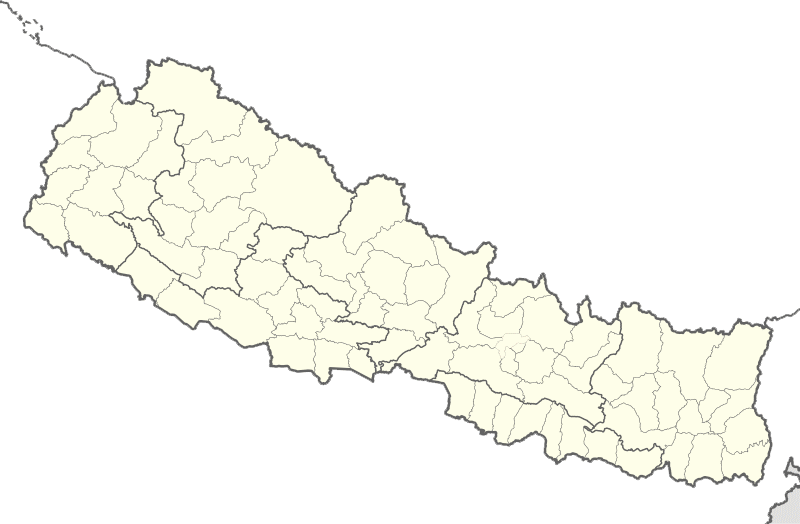
Go-to-market:
The business will unfold in three phases. Phase one involves generating interest and awareness through webinars and workshops on timber’s use in construction. In phase two, we’ll focus on Kathmandu, developing a model, creating a catalog of community harvesters, and building the online marketplace. Phase three marks expansion to different regions. The strategy unfolds systematically, starting with awareness, progressing to a localized model, and ultimately scaling for broader impact.
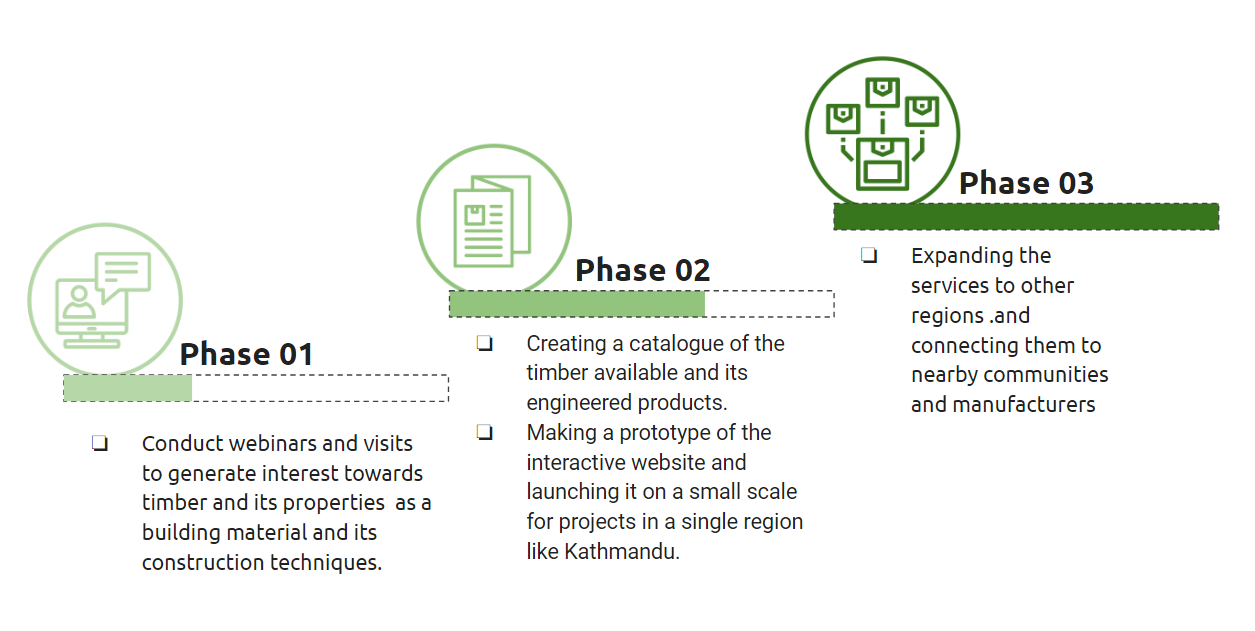
Call to action:
Join us on a transformative journey towards a sustainable future! Together, let’s empower local communities, raise awareness on eco-friendly construction, and build a brighter tomorrow. Be part of our movement, where every piece of wood carries the story of community empowerment, environmental consciousness, and a commitment to a better, more sustainable world. Explore, engage, and shape a future where every construction project contributes not just to infrastructure but to the holistic well-being of communities and our planet. Start your journey with us today for a sustainable and impactful tomorrow.
Website link: https://santwanamalakar.wixsite.com/santwana-prati
